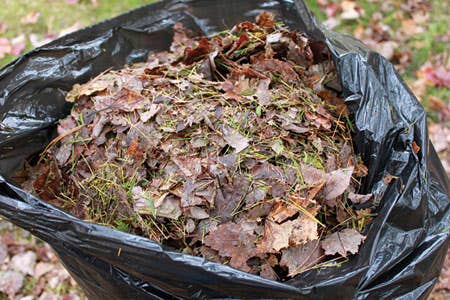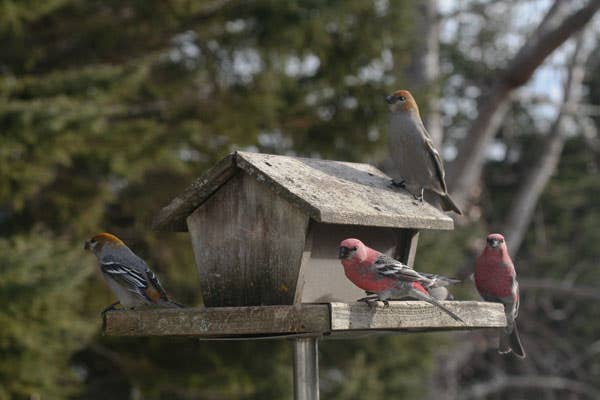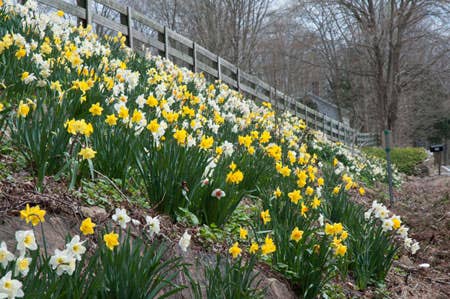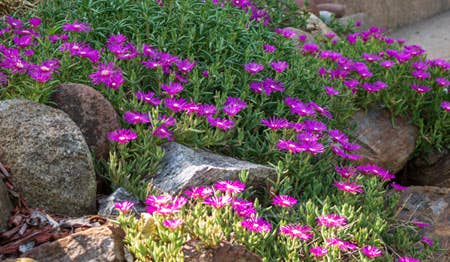Revenge of the Redneck Lupines
Follow Tony Avent’s steps for propagating baptisias.
When it’s hot, dry and daunting, baptisias beat the pants off their temperamental cousins (lupines). Follow Tony Avent’s steps for propagating baptisias.
Propagating Tips
Most baptisias in the United States are propagated from seed. But since they are promiscuous (at least with other baptisias) and seed blocks are rarely isolated, expect variance from seed-sown plants. Fresh-sown baptisia seed germinates quite easily—usually in about two weeks—when planted in a light potting mix that doesn’t hold excess water. Barely cover the seeds, and keep them indoors between 50°F and 90°F. If the seeds are sown outside in the fall, they will germinate the following spring. Old stored seed, on the other hand, can be very difficult to start and slow to sprout. To break down the seed coat and encourage germination of old seeds, soak them in a foam cup of boiling water—leaving them there until the water has cooled.
Most baptisias will root easily from stem cuttings in spring, when their growth is soft, though the success rate plummets to zero once the plants harden. Dip the cuttings in a rooting hormone and keep them in high humidity until they root, which usually takes about eight weeks.
Overwintering newly rooted baptisia cuttings can be problematic, however, if the plants haven’t had time to store enough starches before winter. We’ve found that plants placed directly into the ground after they have rooted will develop starches and buds faster than those kept in containers. A second option is to keep newly rooted, containerized plants in a warm greenhouse or on a windowsill until their buds develop, and then place them outside to go dormant.
Adapted from Gardening with Perennials: From the Editors of Horticulture. Excerpt written by Tony Avent.







